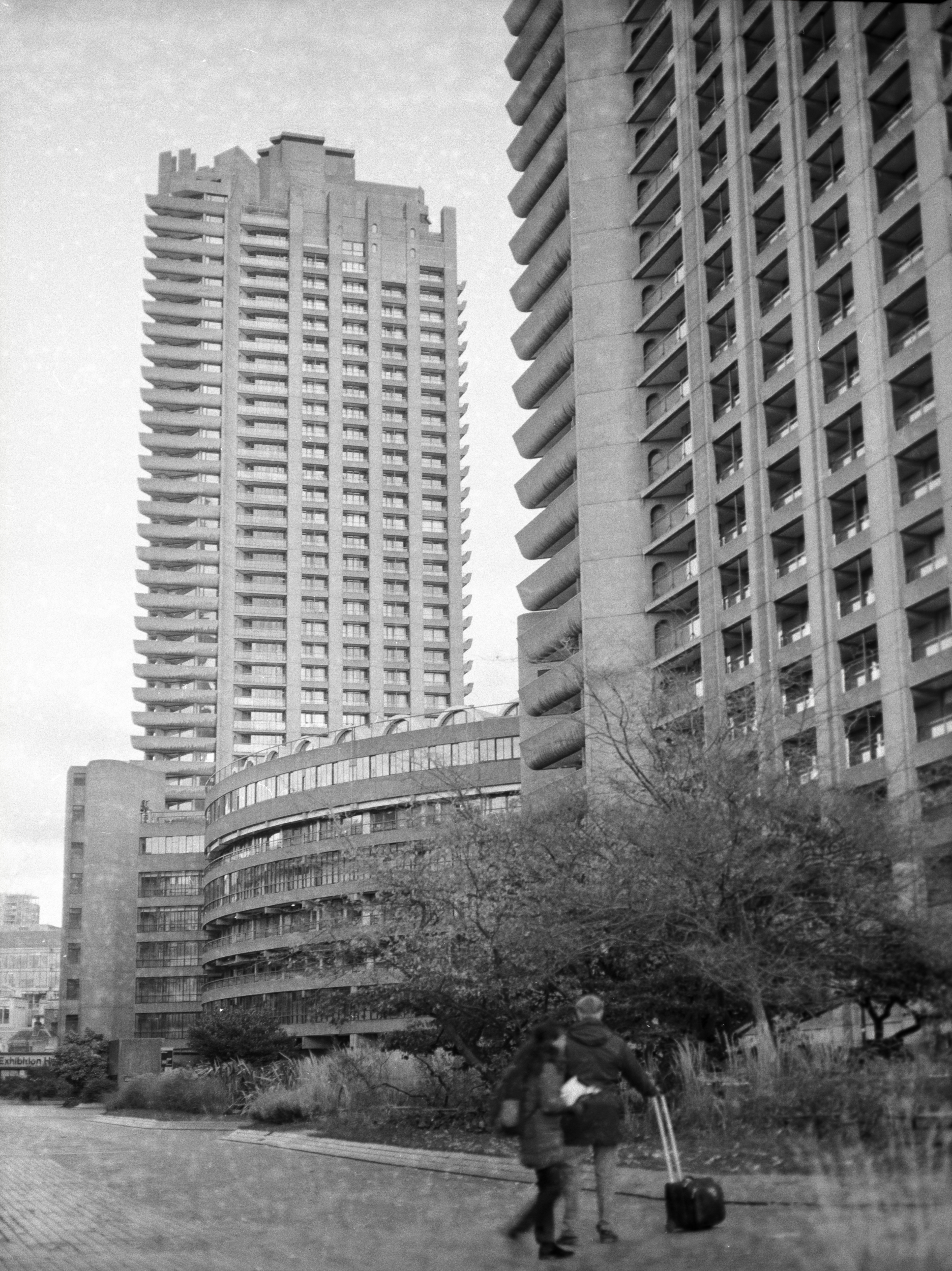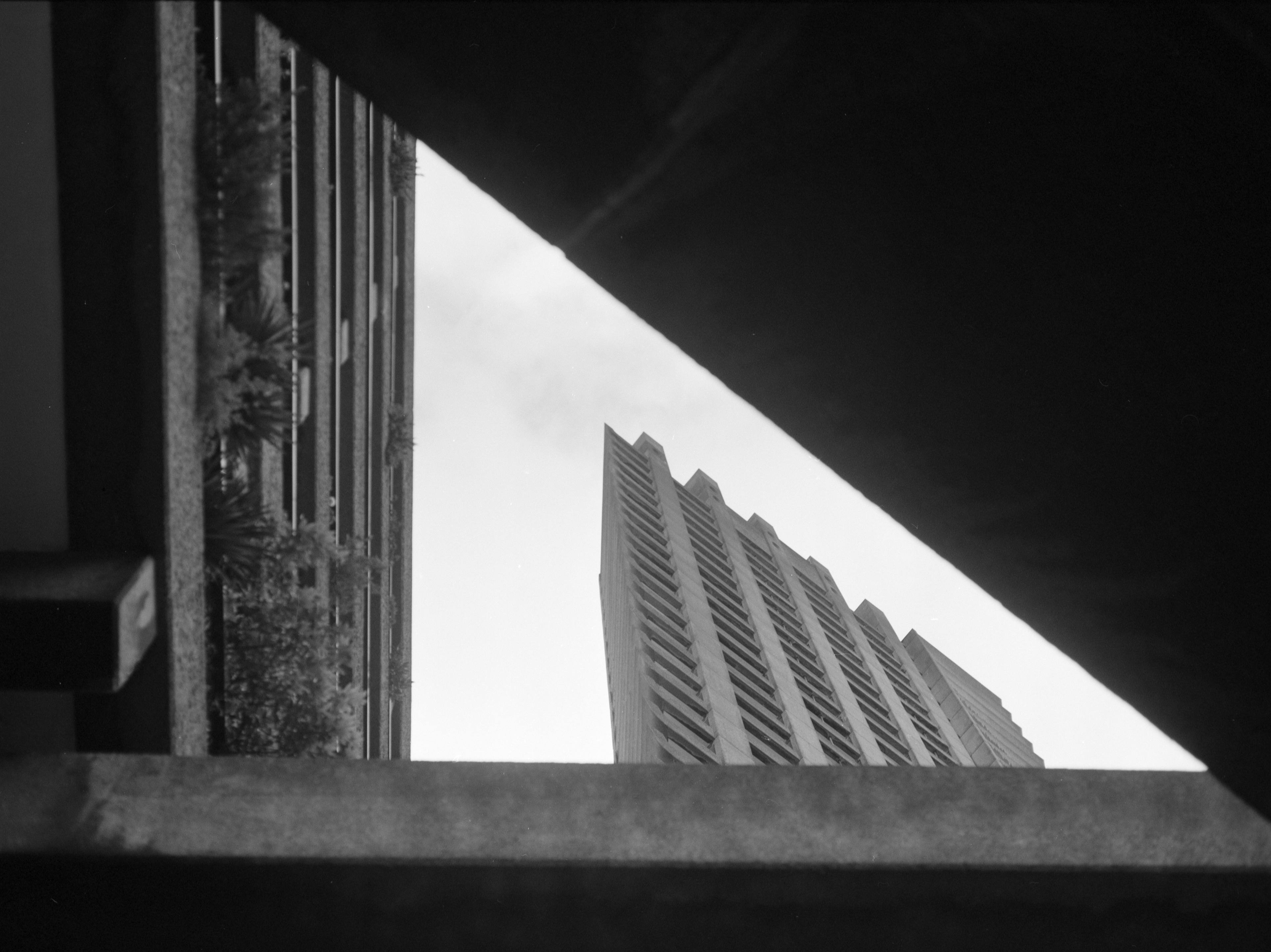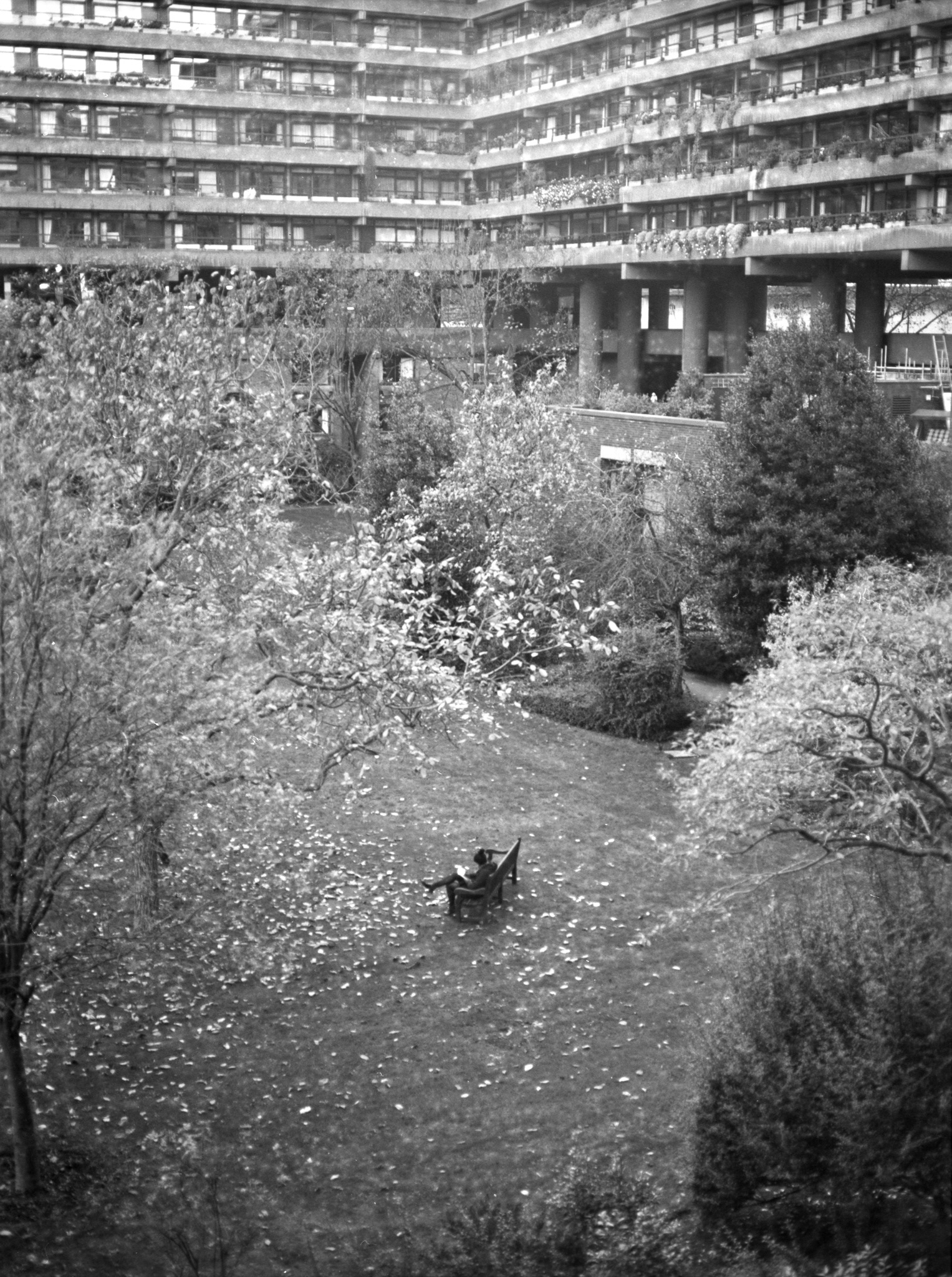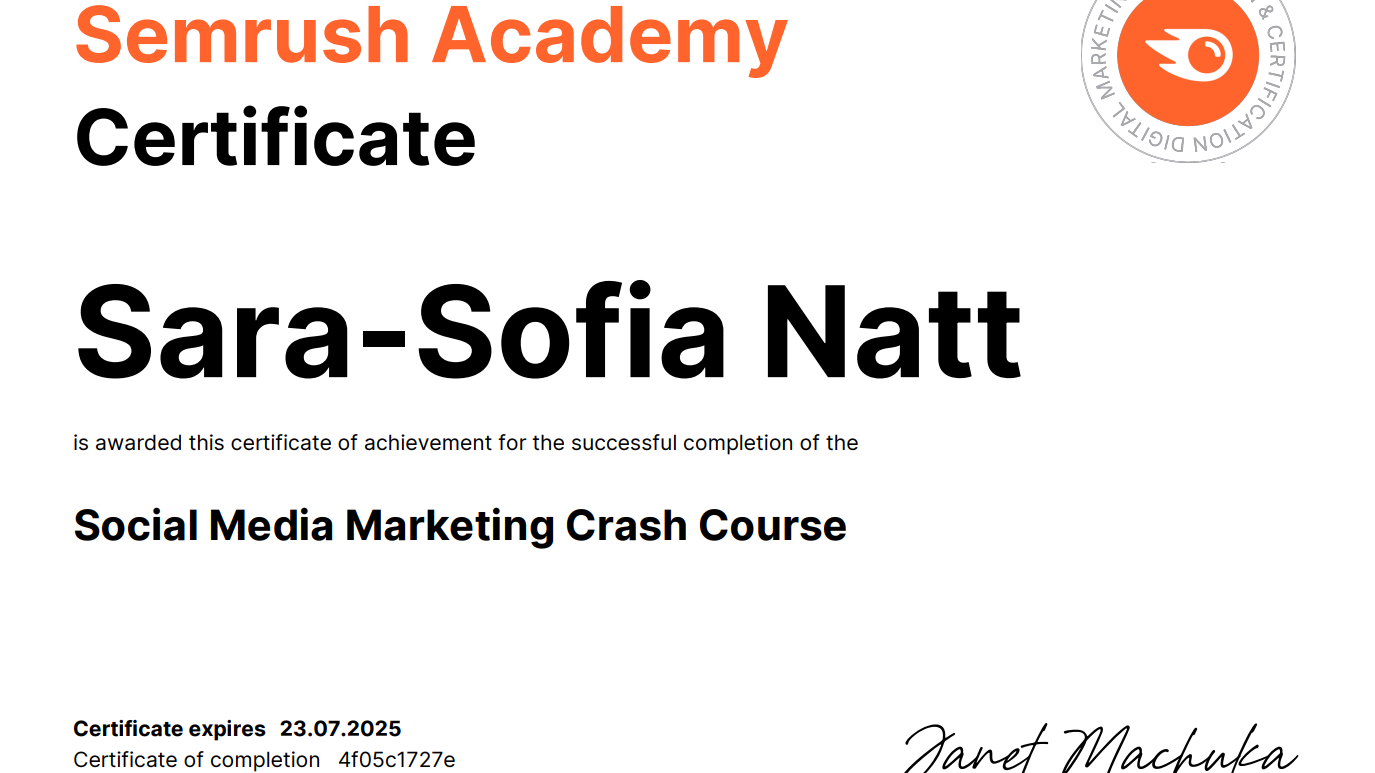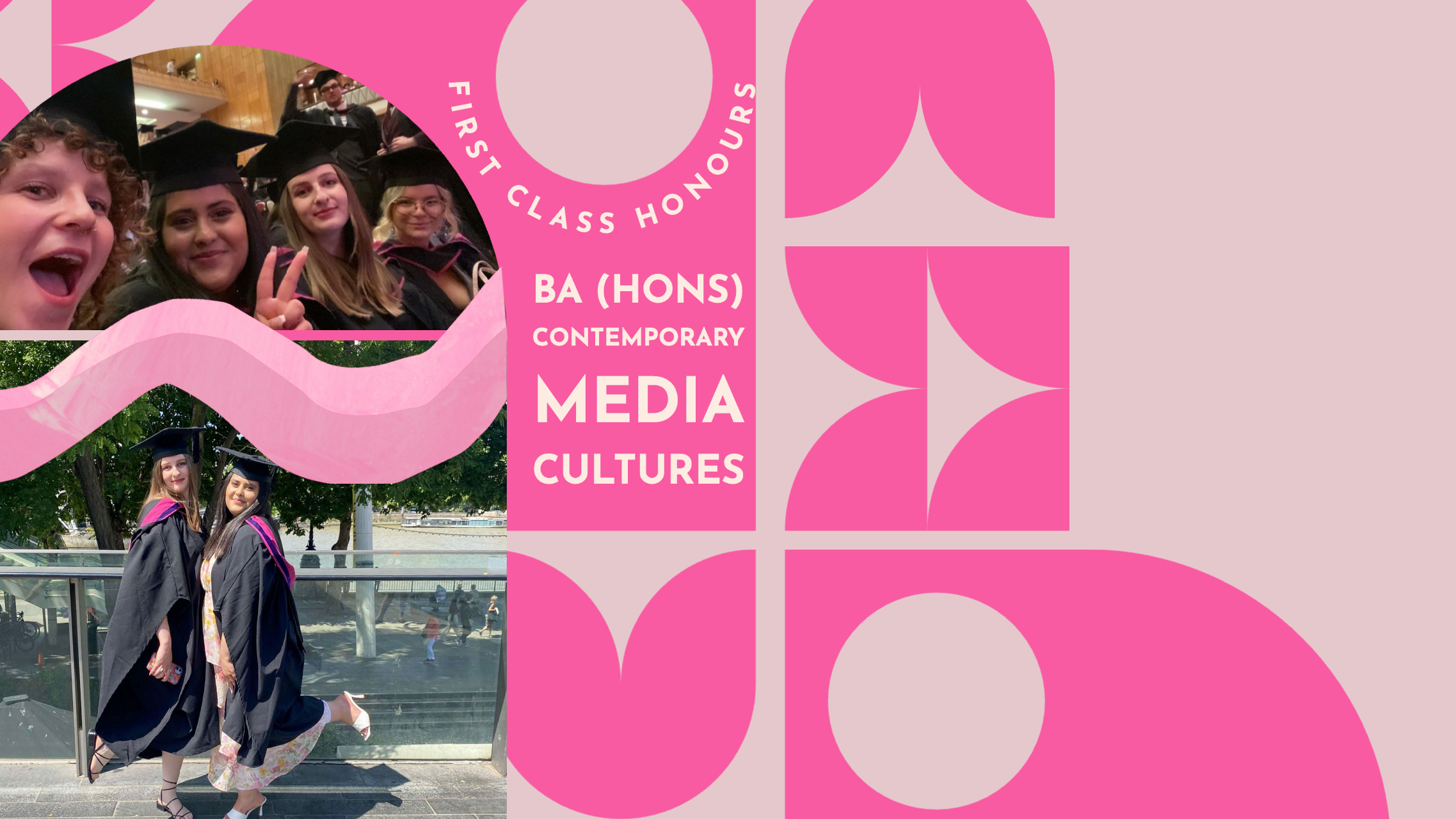During my third year at University, we put on an exhibition for a unit called 'The Critical Practitioner'. The aim of this unit was to either create a series of photographs, or a piece of writing which would be used to create and hold our own exhibition.
I chose to go down the route of photography, as I'd instantly had a series in mind that I'd like to play around with. From early on in the unit I knew I wanted to look at Brutalist Architecture. I've taken photos in various brutalist spots in my free time; it’s something that I enjoy photographing and discovering the history of, and I wanted to use something I’m passionate about.
I needed to link my fondness of brutalism to ‘land and the environmental crisis’, so I shifted slightly from brutalism, to eco-brutalism and the use of natural elements in these concrete complexes. My idea was to look at the simple, blocky architecture and the use of its raw and exposed concrete, but to also capture the eco elements that have been added since. I visited and shot at a few different brutalist buildings, including Trellick Tower, Alexandria & Ainsworth Estate, The Barbican and The Brunswick Centre. This helped me narrow my choices down and I decided to focus on The Barbican for its major use of greenery. The Barbican is often referred to as “a city within a city”, so I wanted to capture this as well as the way that brutalist architecture has been recycled and repurposed to meet today’s needs, taking advantage of their stability and usefulness whilst adding natural surroundings, transforming them into eco-brutalist sites. Barbican is now used by many people, even visited and admired by those from outside of London.
Once I’d settled on location, I thought about how to shoot; digitally or film. My best bet was film photography, as I love the individuality, and not knowing what you may get during the development stage. I decided to shoot using a Mamiya 645. I made this choice as it’s an old camera, and it creates photographs with so much character that it was the perfect choice for an old architectural treasure. I then faced the choice of whether to shoot colour, or black and white. I found this difficult because in colour, my photos would show the bleakness of the buildings whilst the background is colourful, showing the eco environment and the blue sky which would emphasise just how grey the buildings are. On the other hand, if I shot black and white, the whole photograph would be grey and still emphasise the use of raw concrete, just in a different way. In the end I settled with black and white, as I felt that it leaves more of the photo up to the viewer’s interpretation, and it still achieves the desired goal I was aiming for; emphasising the dullness of brutalism, but also capturing how desired and appreciated these spaces are, especially when they have so much to offer with the use of natural essence.
I shot on Ilford XP2 Super 400, as I appreciate how sharp the photos look and have played around with it before, achieving quality results. When it came to shooting, I waited for a day with blue skies rather than going on a grey/cloudy day. I wanted to capture the sombreness, but the extra lighting would work in my favour especially when shooting on a winter’s day.
I printed my photos on Fuji professional matte paper, at 12x8. I felt this gave my photos a professional look and feel to them. They’re the ideal size to see details within the shot, but also not take up lots of my wall space, which allows me to have a series of photos. Whilst visiting the Tate and The Photographers Gallery, I noticed that all the photos were framed, and in my opinion this made them look more inviting, especially with Levitt’s (1953) ‘In The Street’ black and white photos. Levitt’s work inspired me to try capturing people going about their lives at the Barbican. I chose 30x40 black frames because the walls are white and my photos are black and white, so this keeps it minimal yet effective. It’s more capturing to the viewer, drawing them in whilst achieving a sleek and professional appearance. My frames have a 20x29cm opening which meant I lost 1cm of my photos, so positioning was everything. I spent some time thinking about how I wanted my photos to look once framed, and what elements of the photo were crucial to the overall story.
My exhibition piece was titled: Concrete Complex.

